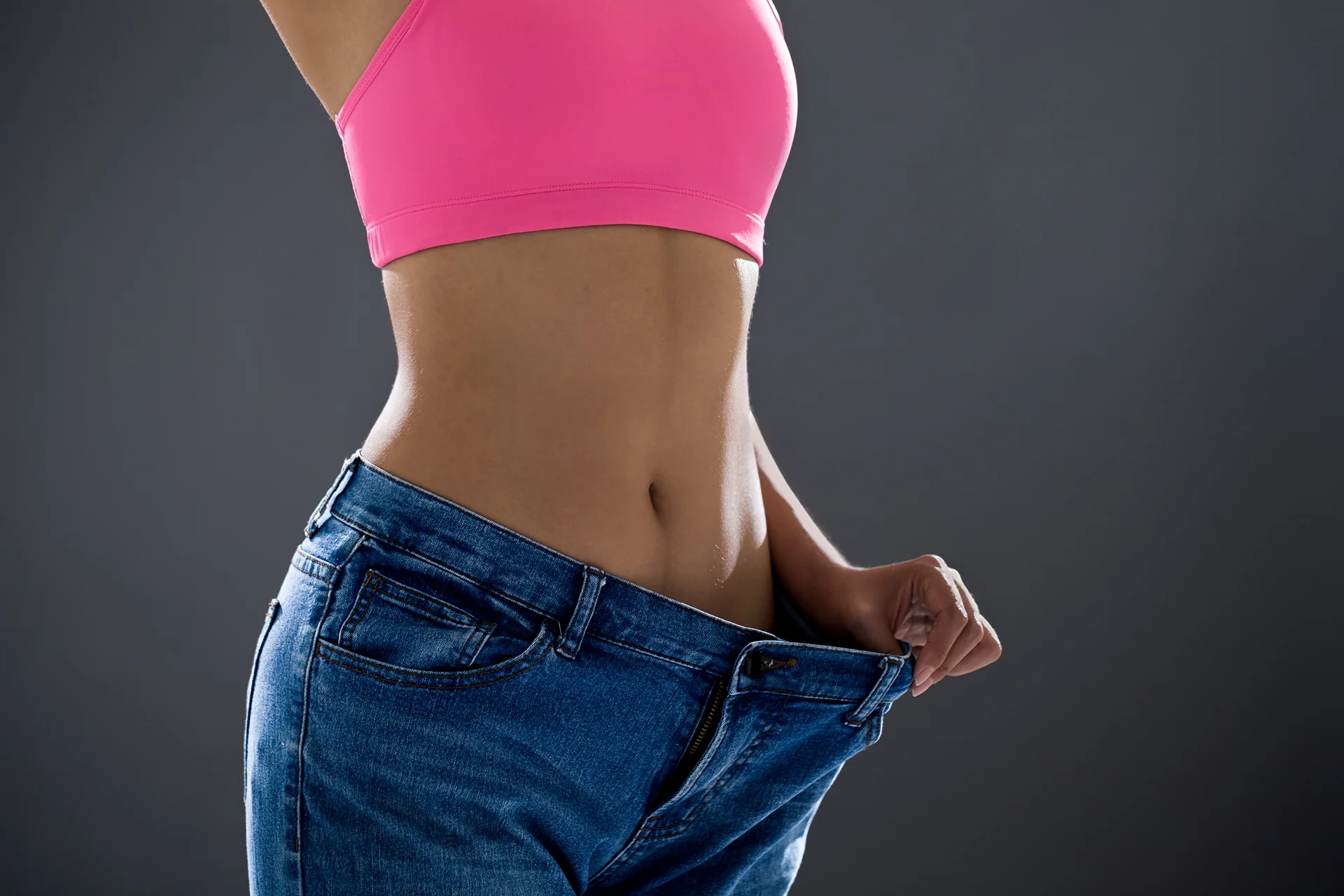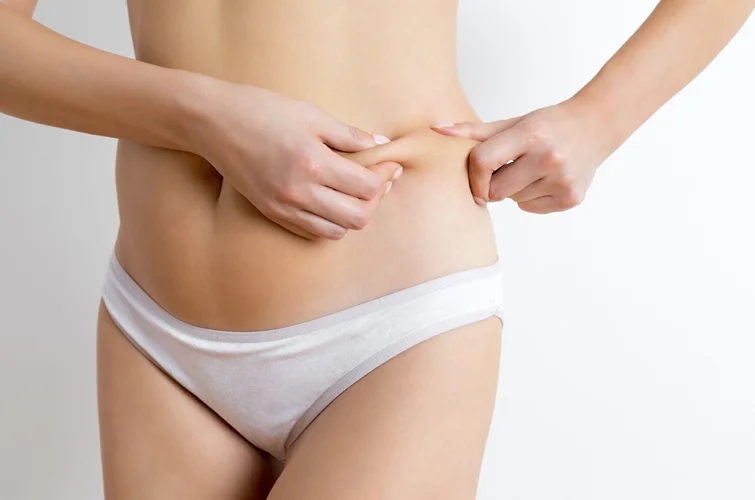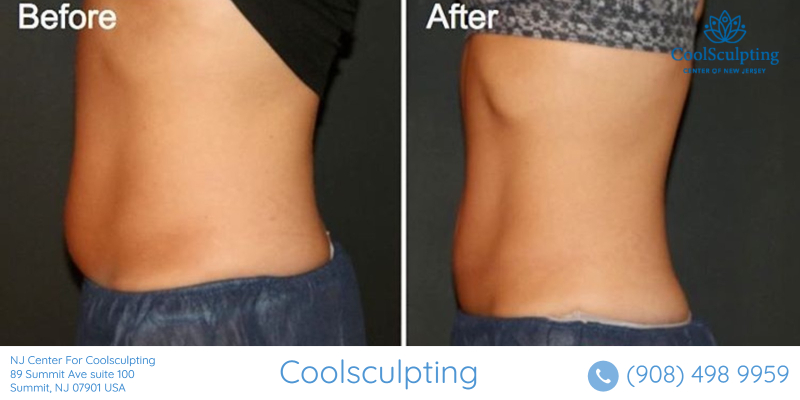Menu
(908) 628-1070

Persisting for around 6 weeks, fluid buildup after liposuction may cause lumps and bumps due to surgical equipment typically used in liposuction, and this process is called fibrosis. Many people only become aware of it weeks after surgery or throughout the postoperative period, seeing small lumps on the scar tissue that thicken and harden over time, and could also cause some pain and discomfort especially on the treatment site. Meanwhile, there have been some claims that certain non-surgical body sculpting treatments like CoolSculpting can help resolve this.
So can CoolSculpting help smoothen out bumps after liposuction? Yes it can, especially with minor fat cells accumulating around the target area and other fatty tissue. However, it can only be used for certain instances like after liposuction procedures and is not a cure-all for fat removal. To avoid the formation of fibrosis, it's critical to begin manual lymphatic drainage (MLD) as soon as possible after surgery, wear compression garments 24/7, and have the correct level of compression to minimize fluid collection in order to recover quickly and properly..
Up to 25% Fat Reduction With CoolSculpting: Treat Yourself Today!
Especially with post-surgical liposuction, CoolSculpting has benefited many patients with minor abnormalities. CoolSculpting following standard tumescent liposuction works well to smooth out the minor fatty unevenness and remove extra fat cells on the treatment area. More scarring is left behind after liposuction using ultrasound or other powered techniques. CoolSculpting after liposuction is best to remove any other fat deposits than scarred tissue, because it’s a noninvasive treatment.
However, the irregularity or lumps may be caused by scarring rather than fat. Only the remaining fat will be reduced by using CoolSculpting on targeted areas. Revision liposuction will be required if the leftover lumps of fat are excessive. It's better to wait until your skin has returned to its normal state, which might take 8 to 12 months or more, as CoolSculpting can promote collagen-building inflammation.
CoolSculpting doesn’t adequately smooth out abnormalities in scarred (below the skin) fatty tissue left behind from liposuction. Non-surgically, there’s great improvement by injecting fat-burning drugs into these scarred fat regions using a technique called mesotherapy, which is an additional surgery after your liposuction. In this procedure, there’s no need for anesthesia, and you may go back to work immediately following the procedure.
For stubborn locations, VASER Liposuction is best, which uses ultrasonic energy to emulsify or melt the persistent fat stuck in the scarred liposuction area, allowing for more successful and even fat removal. Touch-up liposuction may also be required for extra large fat accumulation left after the initial liposuction.
Meanwhile, trapped irregular fat must be handled more forcefully than virgin fat, as tumescent liposuction or micro liposuction alone will result in increased scarring. This is where CoolSculpting can be useful to reduce a fat bulge in a specific location by 25%. While CoolSculpting can’t repair indentations caused by too much fat removed, it can still help a lot.
In this case, fat grafting is utilized to restore the lost fat. Fat grafting or removing a little amount of fat from a region you don't want it in and injecting it into the sunken or depressed area can also help smooth out the surface where too much fat was removed or destroyed.
These treatments can also be utilized to rectify abnormalities that may emerge as a result of the CoolSculpting procedure. It’s good to note that these procedures don’t necessitate the use of costly and dangerous general anesthesia that can have fatal outcomes after initial liposuction treatments.

The collection of fluid under the skin, which produces swelling or inflammation, is the most prevalent cause of lumps and bumps following lipo. Either a blood vessel swells or one of the tunnels created in your tissue fills with fluids. Natural body fluids fill these empty areas, causing uneven swelling, bumpy skin, and poor skin elasticity.
However, with the aid of a compressive garment, these tunnels eventually collapse with the cooling of tissue that pulls the skin down, helps it settle down, and match the underlying musculature.
Bumpiness can be induced by a localized hemorrhage in rare situations like blood accumulation under the skin. When the blood is absorbed or surgically removed, this can take up to a year to improve. Other liposuction lumps are leftover fat following liposuction that will fade with time. This condition can also be solved with additional liposuction treatment. Additionally, a surgeon's lack of expertise raises the likelihood of dimpling and lumpiness in liposuctioned regions.
As part of the healing process after liposuction procedures the skin might develop adhesions and scars. However, the body produces fibroblasts (the body's major connective tissue cell) in the form of bands that link 2 or more tissues, generating hardness under the skin.
It takes time for your wound to heal because liposuction is one of many invasive surgeries. The acute stages of coagulation and inflammation might last minutes or days, whereas the proliferative and remodeling stages can last days, weeks, or even months after invasive liposuction.
Although different cell types are involved in fibrosis, the fibroblast is the central figure when it comes to wound remodeling and collagen deposition and excess skin. Extracellular muscle tissue is created and remodeled by fibroblasts, and excess fibrous tissue can be unpleasant or sometimes disrupt physiological processes especially with poor skin elasticity.
In other words, fibrosis is scarring that appears after liposuction and is described as uncomfortable hard lumps beneath the skin where the procedure was performed. Large holes, tissue discoloration, and uneven patches can all be signs of this condition.
A compressive garment is tight fitting clothing like yoga pants, which are used to assist the collapse of the tunnels created by the equipment that is used for the removal of fat. In other words, a compression garment will aid in the reduction of edema and the flattening of extra skin. Failure to utilize this sort of garment may cause the tunnels made during suctioning out the fat, as well as the region where the fat formerly was, to fill with fluid.
Manual massage can assist move the fluid around more quickly. This massage method helps to reduce lumps and bumps caused by scarring and edema. Unlike some other types of massage, lymphatic drainage involves extremely light pressure and delicate pumping strokes to empty excess fluid from the afflicted region to the lymph nodes. Your lymphatic system is inhibited after surgery, as a result, the lymphatic system isn’t filtering effectively, resulting in discomfort and fluid retention, causing bumps or fibrosis.
Instead of using a standard cannula, a special one is utilized in this treatment that emits small vibrations that assist break up fat cells so they may be suctioned out with less effort and stress to the human tissue, resulting in a shorter recovery period.
Manual lymphatic drainage also permits new resources like oxygen, vitamins, and minerals to replenish your cells while also reducing edema, bruising, and fibrosis, as well as aiding in the scarring process and relieving pain.

If you're finding traditional procedures like liposuction too painful and risky give CoolSculpting a try. At NJ Center for CoolSculpting, we use the latest fat reduction technology to give you that toned and sculpted look you’ve always wanted. With our body contouring treatments, your workouts can look even better and you’ll stay fat-free long after treatment. Call us at (908) 273 - 5400 to book an appointment now.
Up to 25% Fat Reduction With CoolSculpting: Treat Yourself Today!